Home>Furniture & Design>Outdoor Furniture>How Long Does It Take For Outdoor Stain To Dry
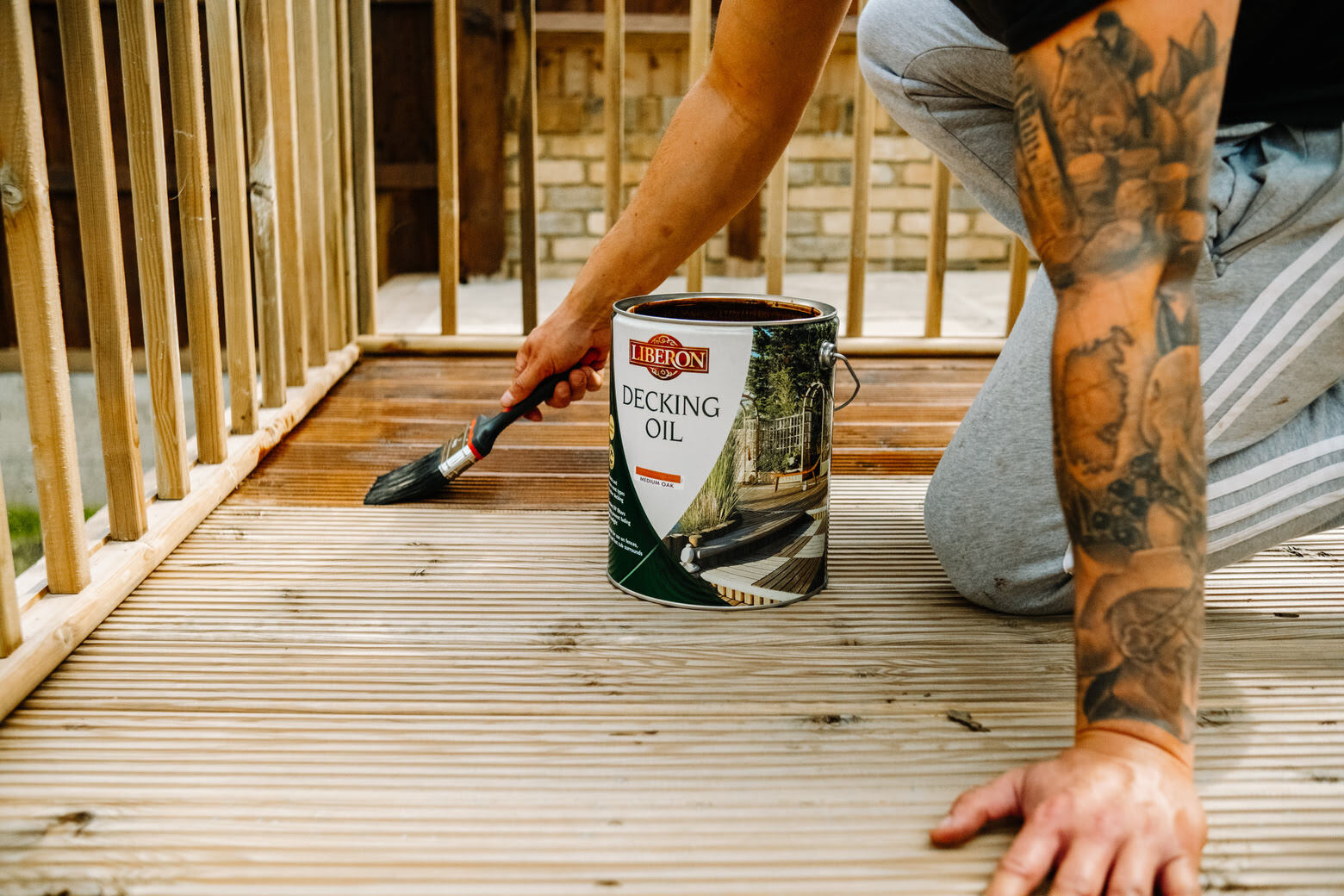

Outdoor Furniture
How Long Does It Take For Outdoor Stain To Dry
Published: January 11, 2024
Discover how long it takes for outdoor stain to dry and ensure your outdoor furniture and design project is a success. Learn the best practices for drying outdoor stain efficiently.
(Many of the links in this article redirect to a specific reviewed product. Your purchase of these products through affiliate links helps to generate commission for Storables.com, at no extra cost. Learn more)
Introduction
When it comes to enhancing the aesthetic appeal and longevity of your outdoor furniture, applying a fresh coat of stain can work wonders. However, one of the key considerations when undertaking this task is the drying time of the outdoor stain. Understanding how long it takes for outdoor stain to dry is crucial for planning and executing your furniture renovation project effectively. In this comprehensive guide, we will delve into the various factors that influence the drying time of outdoor stains, explore the different types of outdoor stains and their respective drying times, and provide valuable tips for accelerating the drying process. By the end of this article, you will have a clear understanding of outdoor stain drying times and the best practices for achieving optimal results. So, let's dive in and unravel the mysteries of outdoor stain drying!
Key Takeaways:
- Understanding the factors that affect outdoor stain drying time, such as weather, wood type, and application thickness, helps achieve optimal results for furniture renovation projects.
- Choosing the right type of outdoor stain, preparing wood surfaces meticulously, and optimizing environmental conditions can accelerate the drying process, bringing outdoor furniture to life with renewed vibrancy and protection.
Read more: How Long Does It Take For Brick To Dry
Factors Affecting Drying Time
Several factors play a significant role in determining the drying time of outdoor stain. Understanding these variables can help you anticipate and manage the drying process effectively. Here are the key factors that influence the drying time of outdoor stain:
- Weather Conditions: The prevailing weather conditions, including temperature, humidity, and air circulation, have a substantial impact on the drying time of outdoor stain. Warmer temperatures and low humidity levels generally facilitate quicker drying, while cooler temperatures and high humidity can prolong the drying process.
- Type of Stain: The composition and formulation of the outdoor stain can greatly affect its drying time. Water-based stains typically dry faster than oil-based stains, as they evaporate more rapidly. Additionally, some stains are specifically designed for quick drying, offering a convenient option for time-sensitive projects.
- Wood Type and Condition: The type and condition of the wood being stained can influence the absorption and evaporation rates of the stain. Porous or weathered wood may absorb stain more readily, potentially extending the drying time, while denser or sealed wood surfaces may expedite the drying process.
- Application Thickness: The thickness of the stain application can impact the drying time. A thicker coat of stain will take longer to dry compared to a thin, even application. It’s important to follow the manufacturer’s recommendations regarding application thickness for optimal results.
- Preparation and Pre-treatment: Proper preparation of the wood surface, including cleaning, sanding, and priming, can influence the stain’s ability to adhere and dry efficiently. Additionally, pre-treatment products, such as wood conditioners or sealers, may affect the stain’s drying characteristics.
- Product-Specific Factors: Certain outdoor stain products may contain additives or accelerants designed to modify the drying time. It’s essential to review the product specifications and instructions to understand any unique factors that may impact the drying process.
By taking these factors into account, you can gain valuable insights into the dynamics of outdoor stain drying and make informed decisions to optimize the drying time for your specific project.
Different Types of Outdoor Stains and Their Drying Times
Outdoor stains are available in various formulations, each with distinct drying characteristics. Understanding the different types of outdoor stains and their respective drying times is essential for selecting the most suitable product for your project. Here are the primary types of outdoor stains and their typical drying times:
- Water-Based Stains: Water-based outdoor stains are known for their relatively quick drying times. In favorable conditions, these stains can dry to the touch within 1-2 hours, allowing for efficient completion of staining projects. However, full curing and optimal durability may take 24-48 hours, depending on environmental factors.
- Oil-Based Stains: Oil-based outdoor stains are renowned for their rich color penetration and durability. However, they generally exhibit longer drying times compared to water-based stains. While oil-based stains may dry to the touch within 4-6 hours, complete curing and readiness for outdoor exposure can take 24-72 hours or longer, especially in humid or cool conditions.
- Gel Stains: Gel stains are formulated to provide controlled application and enhanced color consistency. These stains typically have longer drying times, with touch-dry surfaces achievable within 8-10 hours. Full curing and readiness for outdoor use may require 24-48 hours, depending on the specific product and environmental variables.
- Semi-Transparent Stains: Semi-transparent outdoor stains offer a balance between color enhancement and wood grain visibility. Their drying times are influenced by the stain’s base composition, with water-based semi-transparent stains drying faster than their oil-based counterparts. Touch-dry surfaces can be achieved within 2-4 hours, while complete curing may take 24-48 hours.
- Solid Color Stains: Solid color outdoor stains, often used for a painted effect, have varying drying times based on their formulation. Water-based solid color stains typically dry faster, with touch-dry surfaces in 2-4 hours, while oil-based variants may require 6-8 hours or more for initial drying. Full curing can extend to 24-72 hours or longer.
It’s important to note that these drying times are approximate and can be significantly influenced by the specific product, wood type, and environmental conditions. By understanding the characteristics of different outdoor stains, you can make informed choices to align with your project timeline and desired outcome.
Outdoor stain typically takes 24-48 hours to dry completely. However, factors like temperature and humidity can affect drying time, so it’s best to check the product label for specific instructions.
Tips for Accelerating Outdoor Stain Drying
While the drying time of outdoor stain is influenced by various factors, there are several strategies and best practices that can help expedite the drying process, allowing you to enjoy your beautifully stained outdoor furniture or structures sooner. Here are some valuable tips for accelerating outdoor stain drying:
- Optimal Weather Conditions: Choose a day with favorable weather conditions for staining, ideally with moderate temperatures (ideally between 50-90°F) and low humidity. Avoid staining on extremely hot, cold, or humid days, as these conditions can impede the drying process.
- Proper Ventilation: Ensure adequate air circulation around the stained surfaces to facilitate evaporation and drying. If possible, position the stained items in a well-ventilated area or use fans to promote airflow, expediting the evaporation of moisture from the stain.
- Thin and Even Application: Apply the outdoor stain in thin, even coats to promote efficient drying. Avoid overloading the surface with excess stain, as thicker applications will prolong the drying time. Follow the manufacturer’s recommendations for application thickness and techniques.
- Use of Quick-Drying Stains: Consider using outdoor stains specifically formulated for quick drying. These products are designed to expedite the drying process, allowing for faster completion of staining projects without compromising the quality or durability of the finish.
- Preparation and Priming: Thoroughly prepare the wood surfaces before staining, ensuring they are clean, dry, and free from contaminants. Additionally, using a wood conditioner or pre-stain primer can optimize the wood’s receptiveness to the stain and promote more efficient drying.
- Strategic Timing: Plan your staining project to take advantage of optimal drying conditions. If possible, schedule the staining process during a period of the day when the stained surfaces will benefit from exposure to sunlight and warmth, which can expedite the drying process.
- Protective Covering: While promoting airflow is essential, protecting the stained surfaces from dust, debris, or direct moisture during the initial drying phase is crucial. Use breathable covers or barriers to shield the stained items while allowing air circulation.
By implementing these tips, you can enhance the efficiency of the outdoor stain drying process and achieve satisfactory results within a shorter timeframe. It’s important to exercise patience and adhere to the recommended drying times to ensure the longevity and quality of the stained finish.
Conclusion
Understanding the intricacies of outdoor stain drying times is essential for anyone embarking on a furniture renovation or outdoor staining project. By considering the various factors that influence drying time, familiarizing yourself with the characteristics of different outdoor stains, and implementing effective strategies to accelerate the drying process, you can achieve optimal results and enjoy the beauty of freshly stained outdoor furniture and structures.
It’s important to remember that while expediting the drying process is desirable, rushing through the staining and drying phases can compromise the quality and durability of the finish. Patience and adherence to recommended drying times are crucial for ensuring a long-lasting and visually appealing outcome.
Whether you opt for water-based, oil-based, gel, semi-transparent, or solid color outdoor stains, each type presents unique drying characteristics that can be managed and leveraged to suit your project timeline and preferences. By selecting the right stain for the job, preparing the wood surfaces meticulously, and optimizing environmental conditions, you can streamline the staining and drying process, bringing your outdoor furniture and structures to life with renewed vibrancy and protection.
As you embark on your outdoor staining endeavors, remember that the investment of time and attention to detail during the staining and drying phases will ultimately contribute to the longevity and visual appeal of your outdoor spaces. Embrace the process, enjoy the transformation, and savor the satisfaction of revitalizing your outdoor environment through the art of staining.
With these insights and tips at your disposal, you are well-equipped to navigate the realm of outdoor stain drying with confidence and expertise, ensuring that your outdoor furniture and structures stand the test of time while exuding timeless charm and allure.
Frequently Asked Questions about How Long Does It Take For Outdoor Stain To Dry
Was this page helpful?
At Storables.com, we guarantee accurate and reliable information. Our content, validated by Expert Board Contributors, is crafted following stringent Editorial Policies. We're committed to providing you with well-researched, expert-backed insights for all your informational needs.
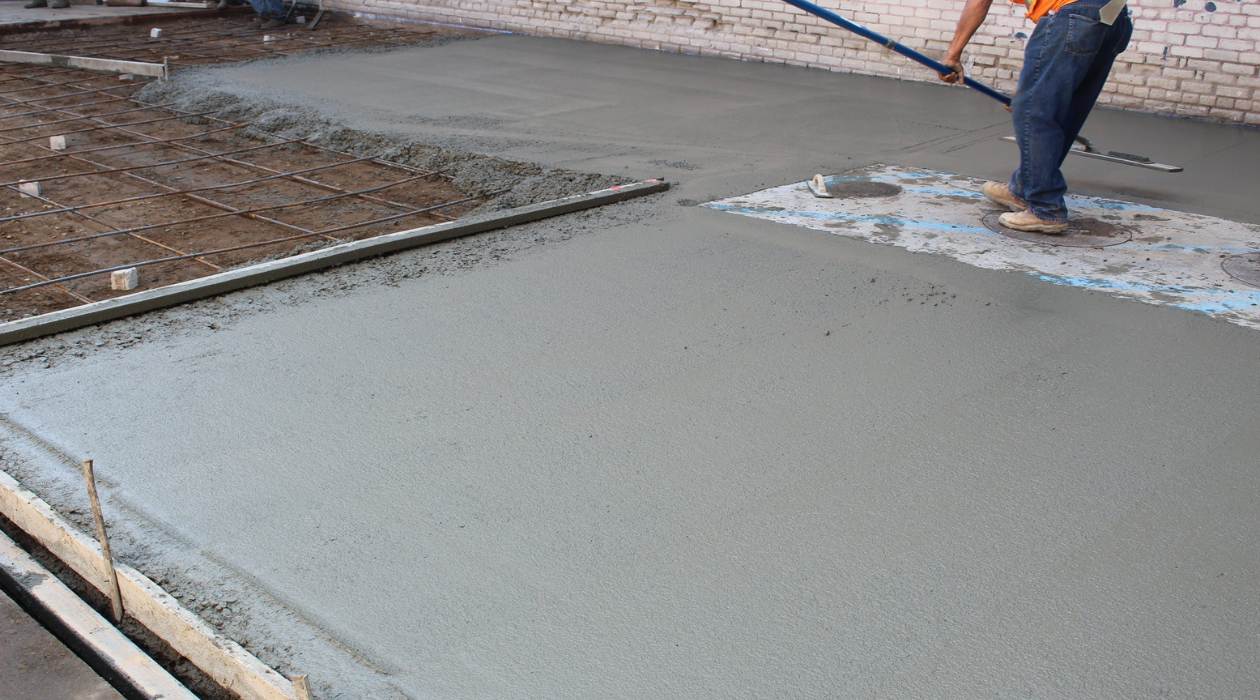

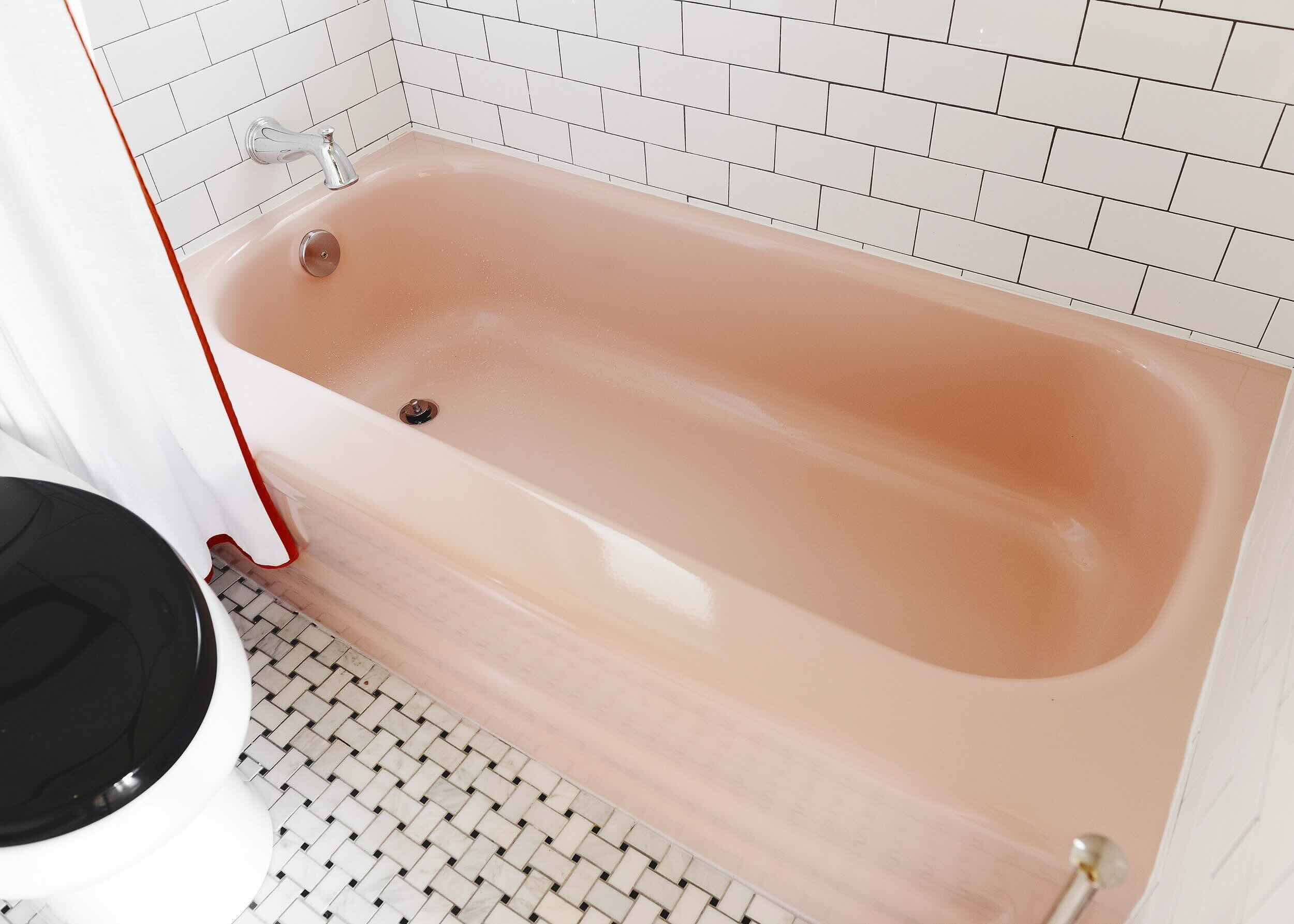
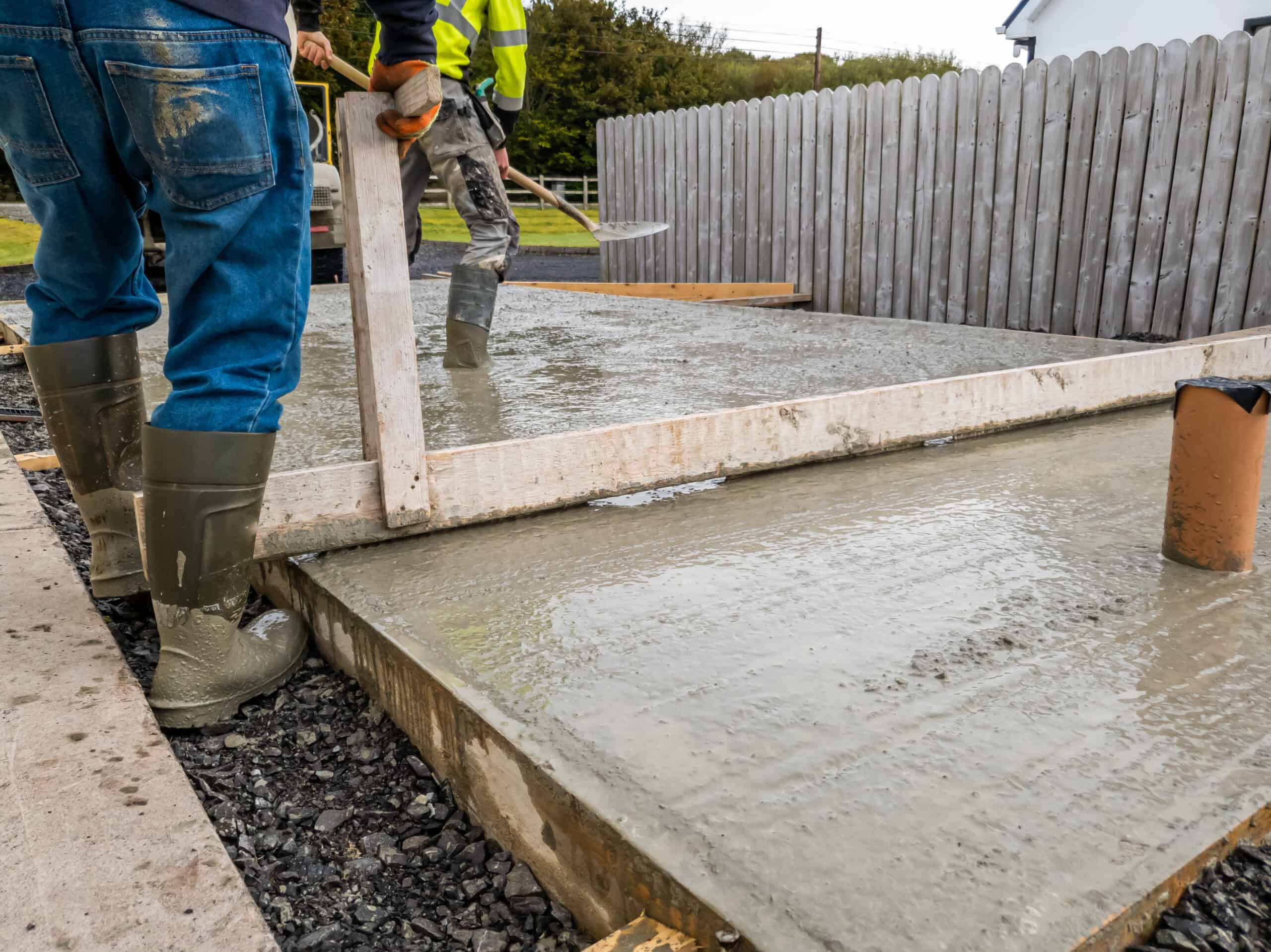
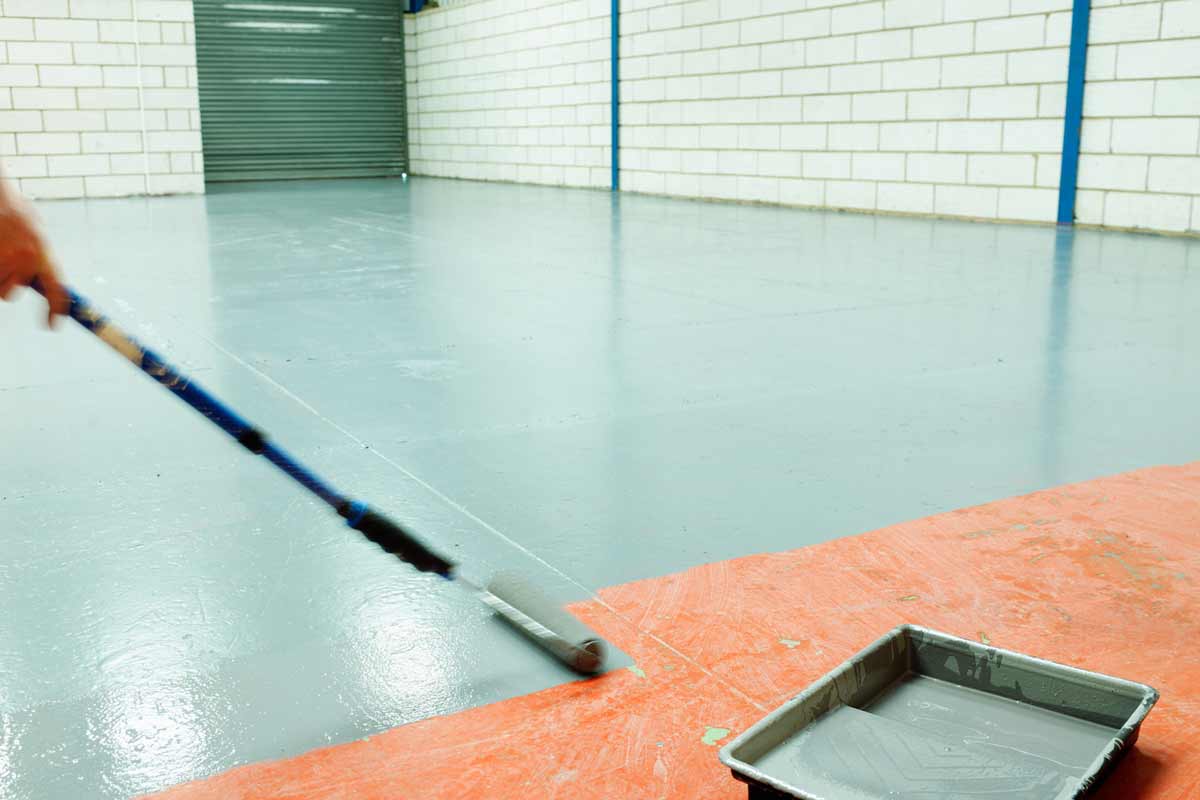
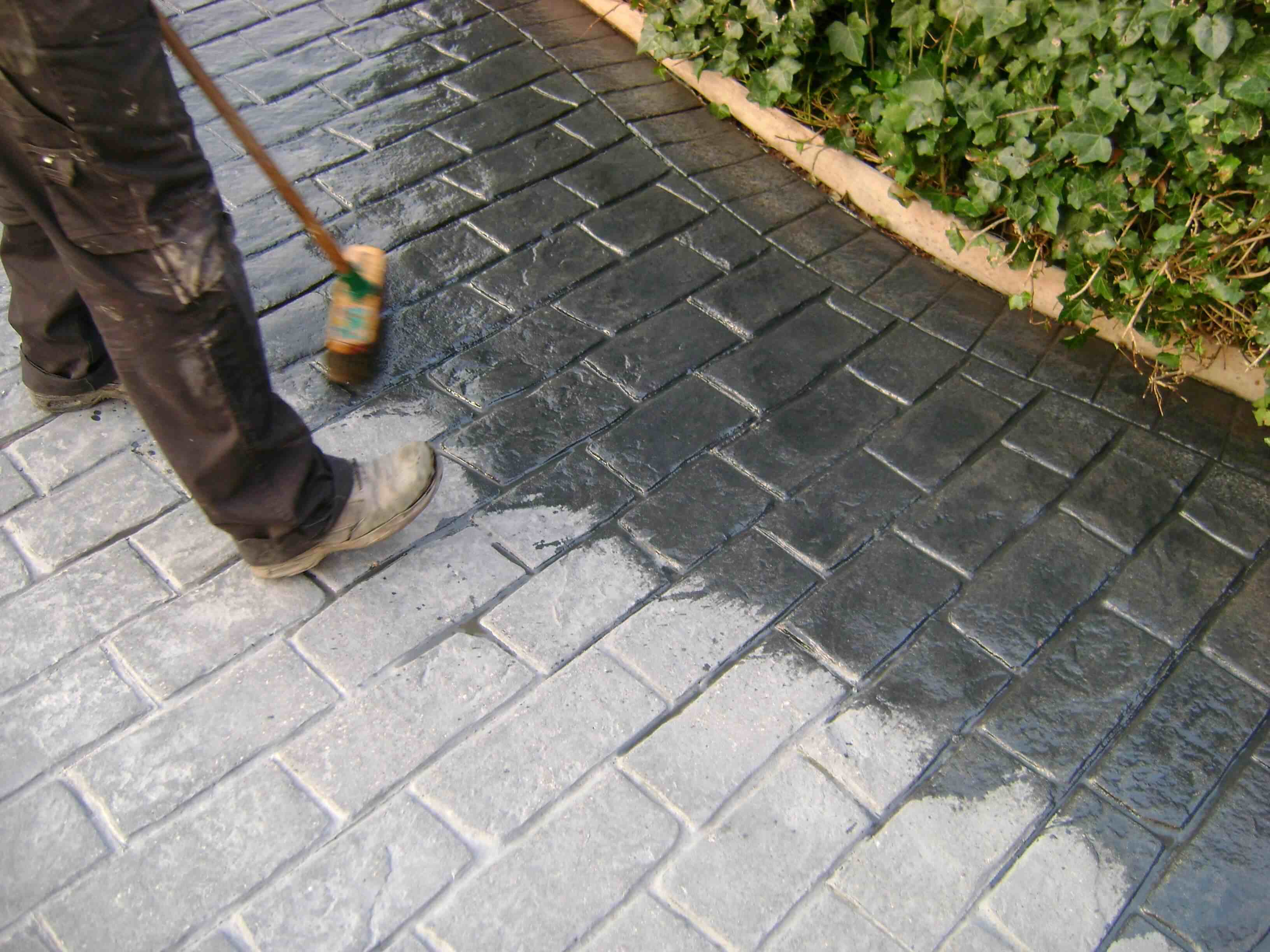
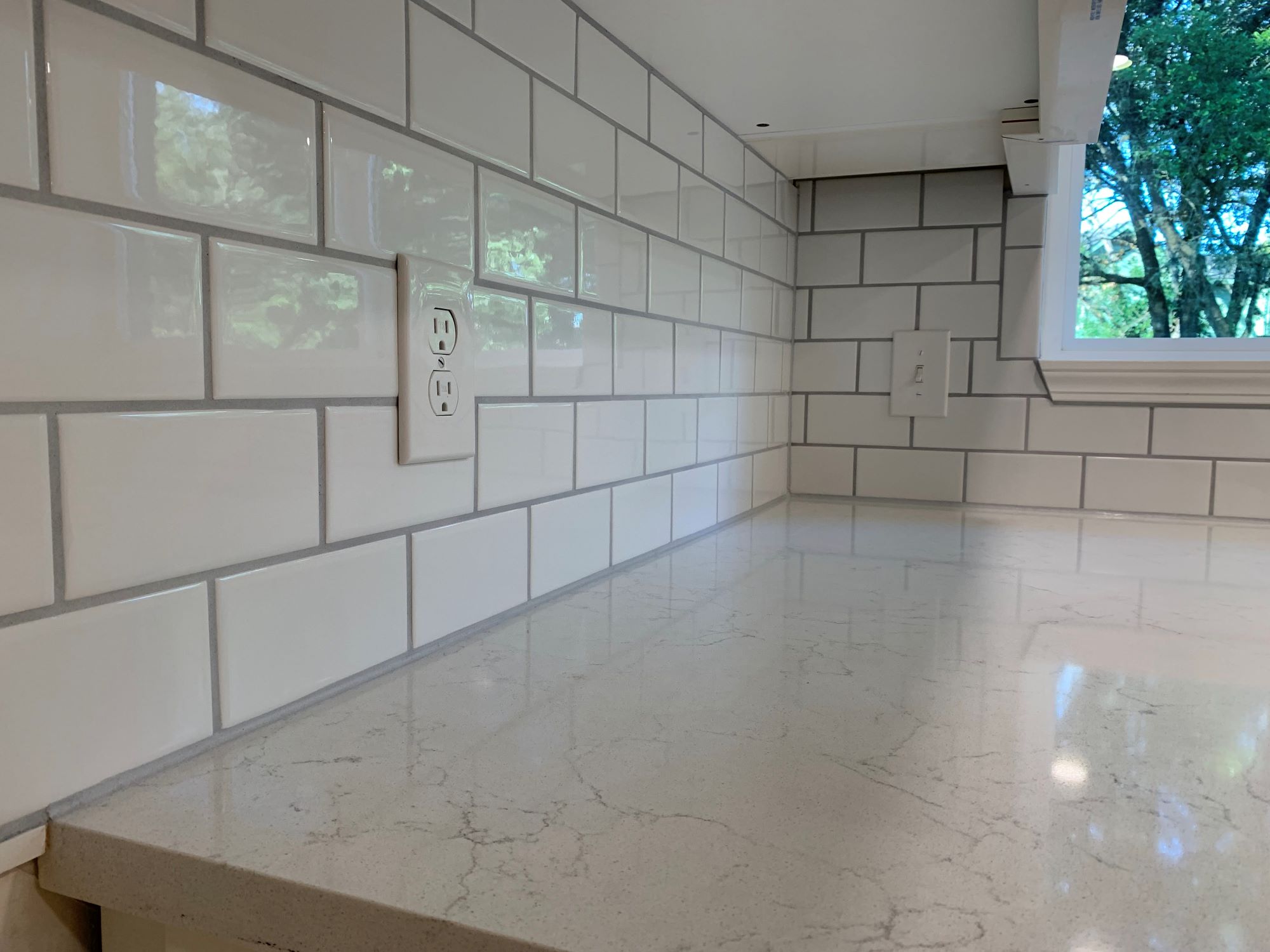
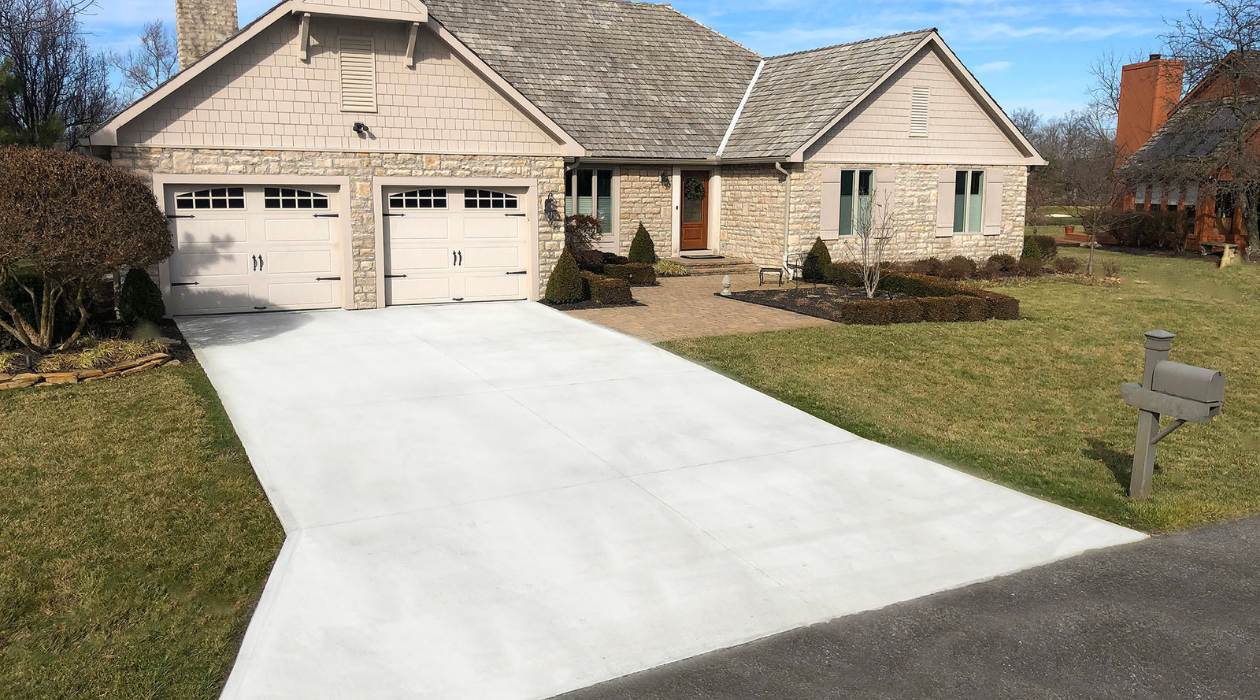
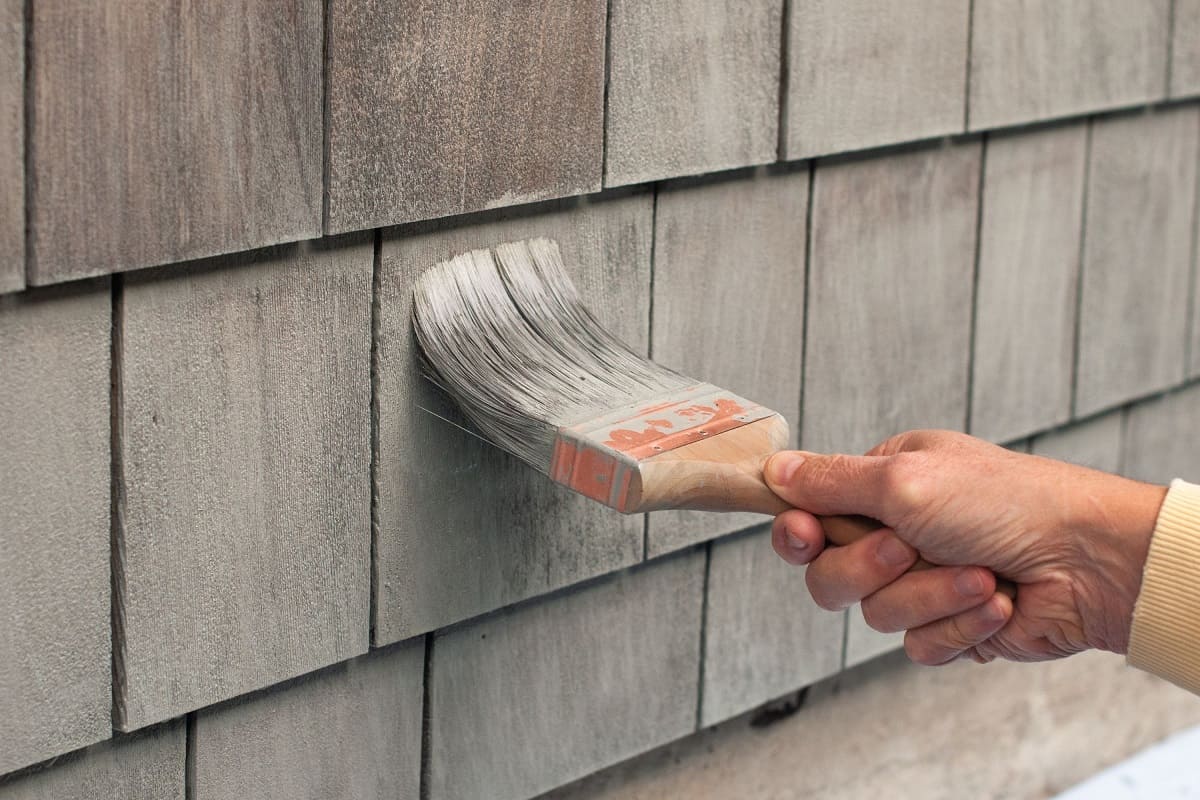
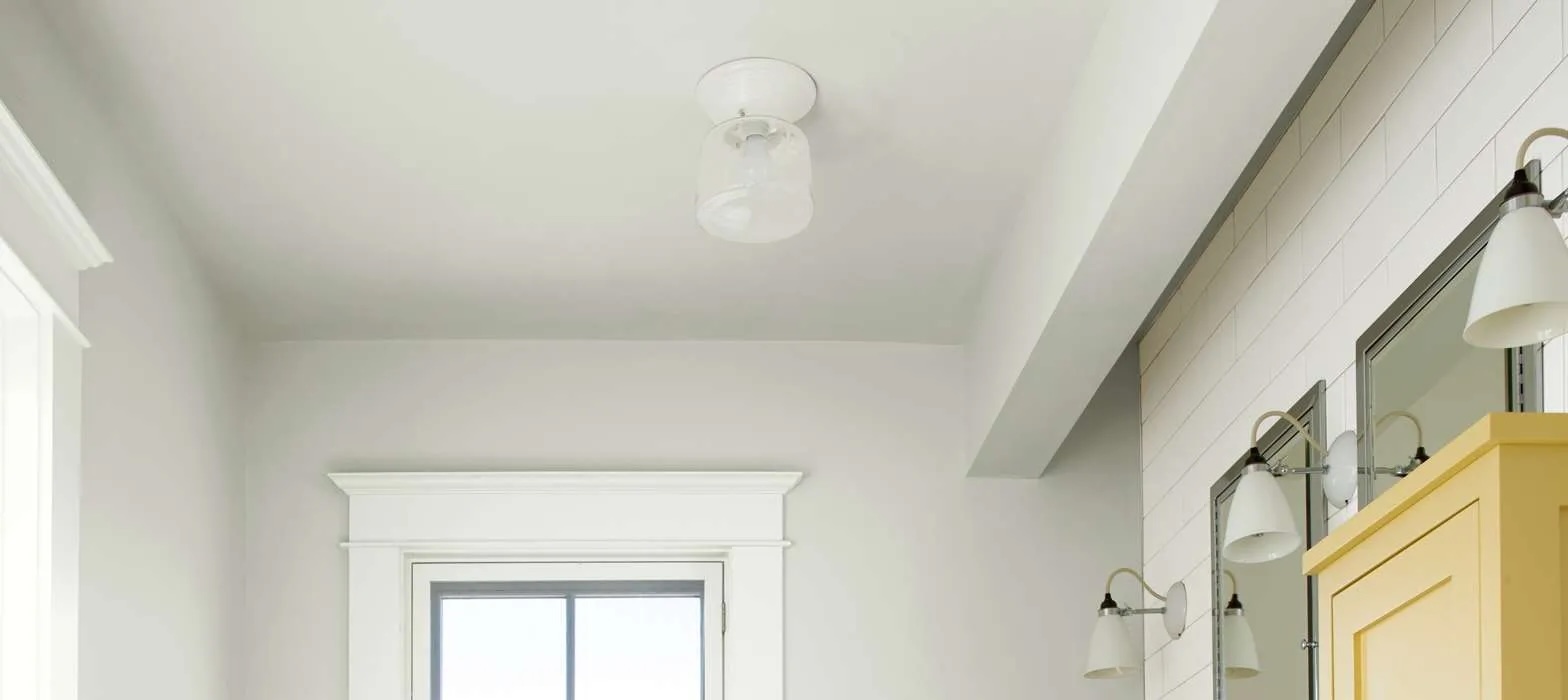
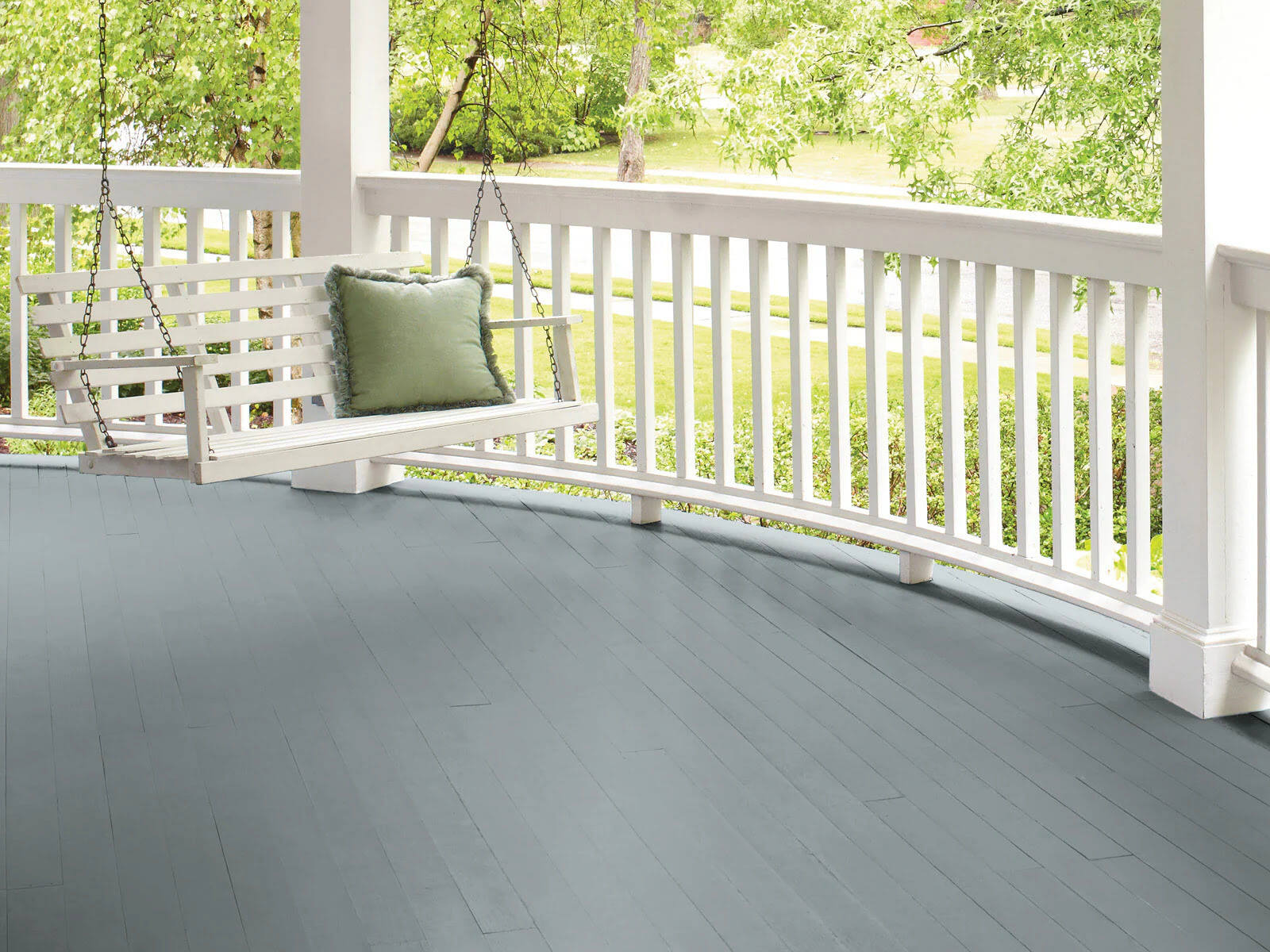

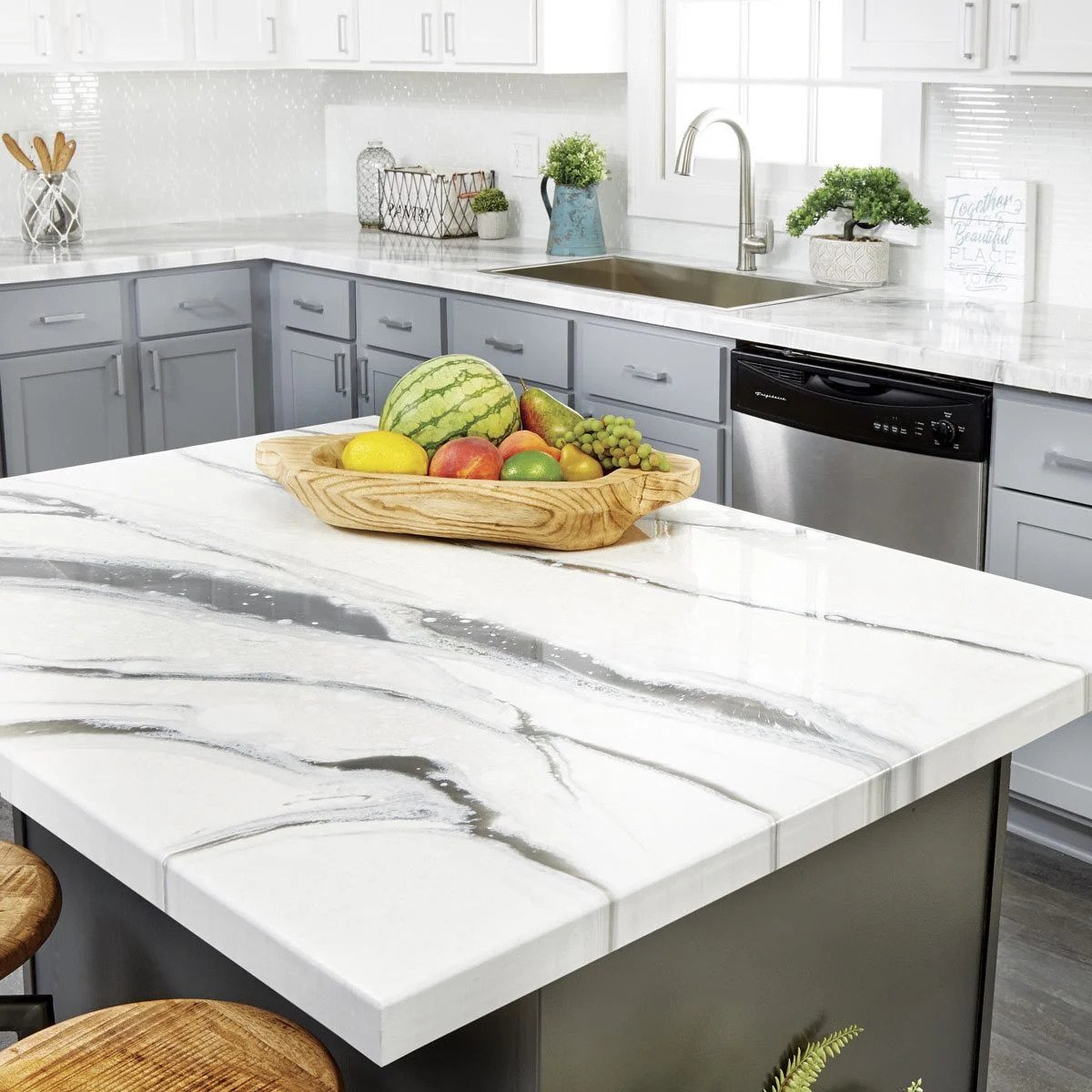
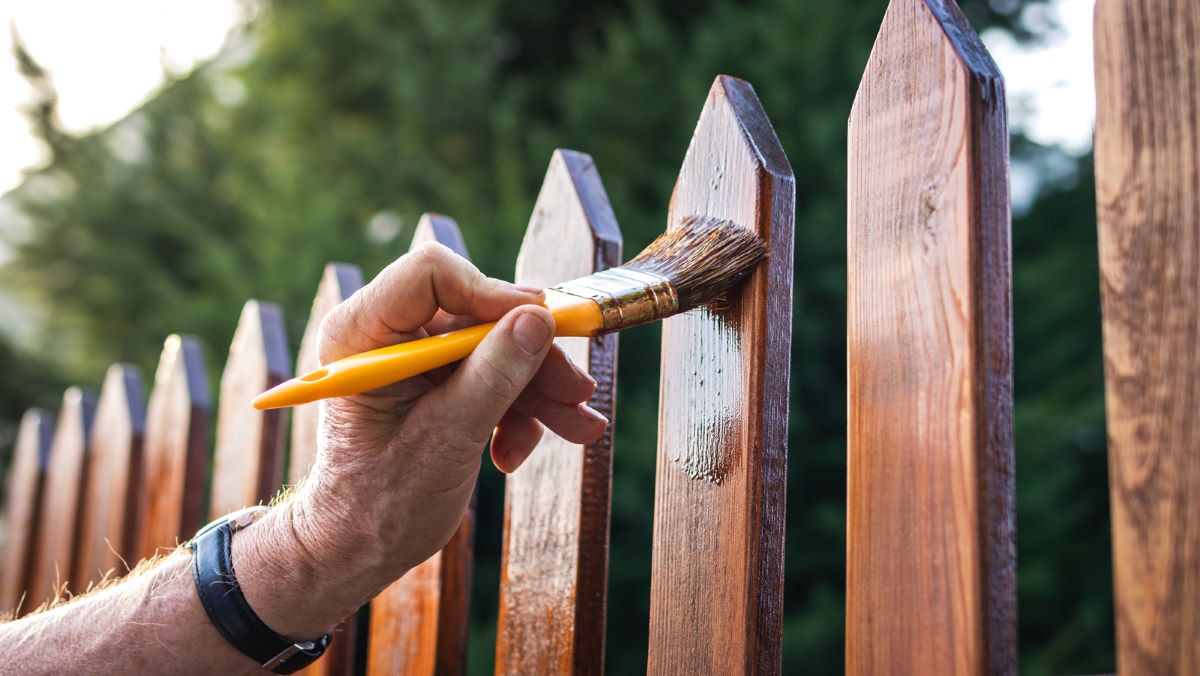
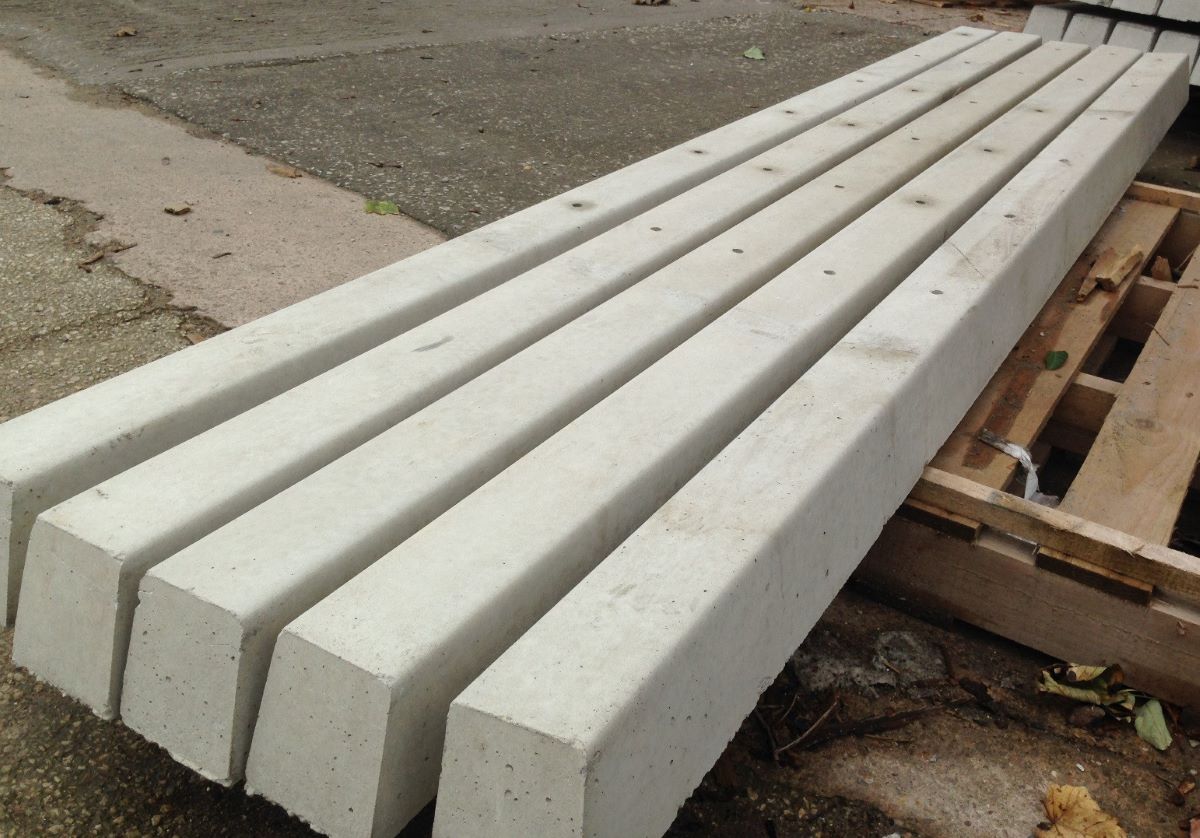

0 thoughts on “How Long Does It Take For Outdoor Stain To Dry”